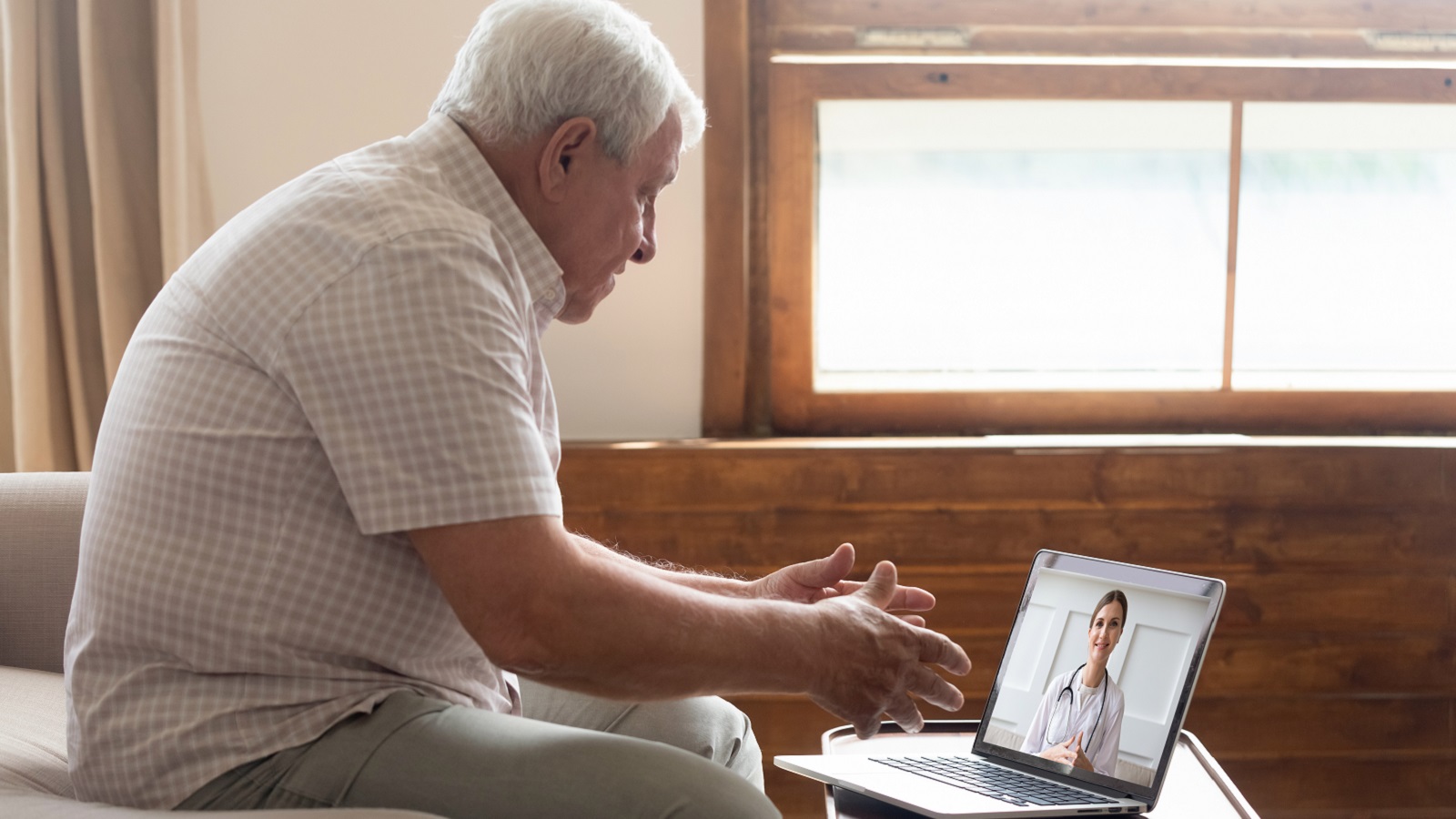Merv is my 94-year-old patient living in Washington, D.C. in the midst of the COVID-19 pandemic, attempting to continue his treatments for diabetes, hypertension, and leukemia. He’s at significantly increased risk for severe COVID infection, though fortunately, due to Medicare’s expanded coverage of telehealth throughout the pandemic, Merv can meet with his healthcare providers from home. Unfortunately for Merv, and millions of others throughout the United States, he has substantial barriers to successful telehealth visits.
The rapid transition to increased use of telehealth has skyrocketed us into a new age of healthcare, though interestingly, telehealth itself is not new. Nearly 150 years ago, The Lancet published an article that discussed the use of telephones to reduce unnecessary in-person clinic visits. A cover of Science and Invention in 1925 showed a physician providing healthcare via radio. In fact, radio has been utilized on ships to provide medical guidance since the 1920s, something my own grandfather did as a physician in the Public Health Service in the 1960s.
Throughout the COVID-19 pandemic, telehealth has allowed myriads of patients to continue accessing quality medical care without putting themselves at increased risk for COVID-19 transmission or infection via in-person appointments. And further, telehealth decreases many barriers to care, such as transportation, childcare, and time needed off work. In many instances, this is remarkably helpful for individuals living in rural areas, amongst others, who might otherwise travel hours for a medical visit.
For many patients, though, telehealth poses new barriers. Videoconferencing visits require access to a functioning computer and high-speed internet, basic digital literacy, as well as a private location for medical appointments. And even telephone visits require landline or cell phone access… yet this is not accessible to all Americans, particularly in rural regions. Moreover, layoffs and furloughs throughout the pandemic also mean many individuals and families don’t have extra cash to spend on WiFi or computers… and for some, layoffs result in loss of health insurance, making access to primary care nearly impossible.
Another barrier is lack of comfort with technology, particularly for older adults. For instance, Merv has rarely used technology throughout his lifetime and is also suffering from cognitive decline, further compounding his barriers to successfully utilizing telehealth. Even worse, his wife of 65 years died a few weeks ago, and his children haven’t been visiting in-person since Merv is at high-risk for complications from severe COVID infection. This isolation puts Merv at high-risk for depression as well as worsening confusion, further exacerbating his barriers to telehealth use.
This tragic story is not uncommon. A recent study indicated that although 68% of older adults report owning a computer, smartphone, or tablet with internet access, only 11% have used this technology to talk with a healthcare provider. Another study showed that 13 million (38%) older adults in the US were not comfortable with video visits, largely due to inexperience with technology. And these percentages increase with age, as well as other variables.
The COVID-19 pandemic has shifted us into a new age of telehealth, one that is here to stay. Though telehealth improves access for myriads of patients, we must recognize this is not the case for all. In order for telehealth to truly improve health equity, we must work to address the many barriers discussed herein, as well as address the structural determinants that negatively impact health for vulnerable populations.
**Feature photo obtained with standard license on Shutterstock.
Interested in other articles like this? Subscribe to our bi-weekly newsletter
Interested in contributing to the Harvard Primary Care Blog? Review our submission guidelines

Julia Barsoum is a second-year medical student at The George Washington University School of Medicine & Health Sciences. She is actively involved in maternal mortality research, and her professional interests include women's health, advocacy, health equity, and racism in medicine. She graduated with bachelor's degrees in biology and psychology also from The George Washington University.
- Share
-
Permalink


